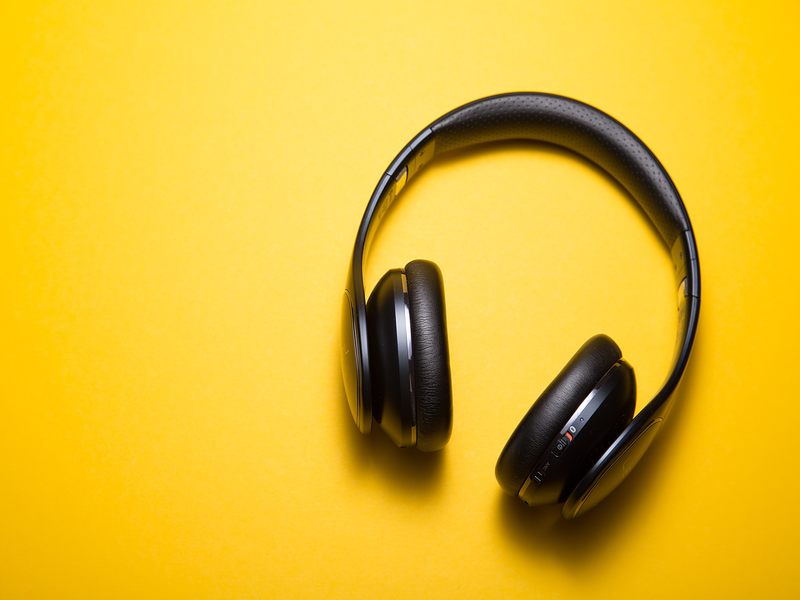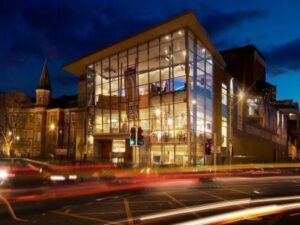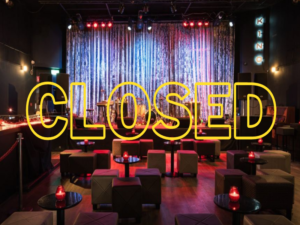
A number of producers in their 20s from the electronic music scene in Cork are making names for themselves in European club music circles. Although not easily grouped together, the common denominator is a fast percussive sound. The music gives many of these young artists an identity within an environment where developers are laying waste to music venues. This is alongside a raging housing crisis and skyrocketing homelessness.
Cork has always had an interesting and innovative music scene. During the 1980s, it was the unlikely home to a vibrant reggae scene. Notable bands included the cello playing post-punk outfit Five Go Down To The Sea, and Microdisney, the Irish equivalent of Fleetwood Mac. The nightclub Sir Henry’s, founded in the 70s introduced many to club music, especially house. Sir Henry’s was ground zero for the scene. A night there called Sweat attracted many international stars like Kerri Chandler, Cajmere and Derrick May.
A local record store called Plugd has been a centre for electronic music in Cork, regularly hosting new producers upstairs in the shop’s live space, called the Roundy.
Many of the artists have a mutual respect and and are open to influences from many different sources. Superfície, a Brazilian-Irish producer now based in Berlin, introduced her contemporaries to kuduro, baile funk and batucada.
Another group, Flood’s first release was an eclectic nine-track compilation that came out in 2017, a year after they formed. They secured a studio in an industrial estate overlooking Cork’s docklands and began recording their unique material. The music they make reflects their surroundings, a mix of mechanic and organic. The docklands have a stark contrast between decaying industrial warehouses and beautiful views of the Cork harbour.
The internet and local music hubs are one of the reasons why the scene has grown but the whole story. Cork has had a love of house music for a long time and this has no doubt had a significant influence on the percussive music that has been coming out the city in recent times.
As soon as you play a record from Flood or a hypnotic Ellll track, or a heavy Lighght release you can feel the unique energy. The drums sound tribal, as though they could have been sampled from an African record. Over the top of them you can hear the local influences.
Numbertheory includes a sample of sean nós, a traditional Irish tradition of singing.
Coy by Syn includes a sample of the bodhrán, an Irish drum. Some of Lighght’s music uses a harp. Irishness is deeply embedded within this music.
Cork is also known as “the rebel county”. It’s a cliché, but the rebel aesthetic that Cork has adopted really shapes the culture there.
A lot of the artists don’t identify with Cork’s self-mythologising, however. Many in fact remember begrudging Cork from a young age due to the shortage of activities for young people. For some there was not much more to do than get up to mischief.
The members of Flood threw many of their own parties due to the way that commercialised venues prioritised money over any kind of interesting experience. Today, Syn helps run a queer night where unfashionable styles like hardgroove, gabber and donk are the music policy. The big clubs are more interested in playing more popular styles like EDM and tech house.
Producers are forced to look for for opportunities outside of clubs. Luckily much of the music being created in Cork is championed by local artists and DJs. Dublin Digital Radio is a haven for alternative music in Ireland.
Increasingly difficult challenges in the electronic music scene in Cork have meant many talented producers and creatives have had to move abroad however. Berlin and Glasogow are popular choices due to the lower rents and less prohibitive nightclub cultures.
Financial barriers haven’t halted the momentum of those artists, however. It´s a testament to the scene that there are still hugely popular nights in venues such as the Roundy.


